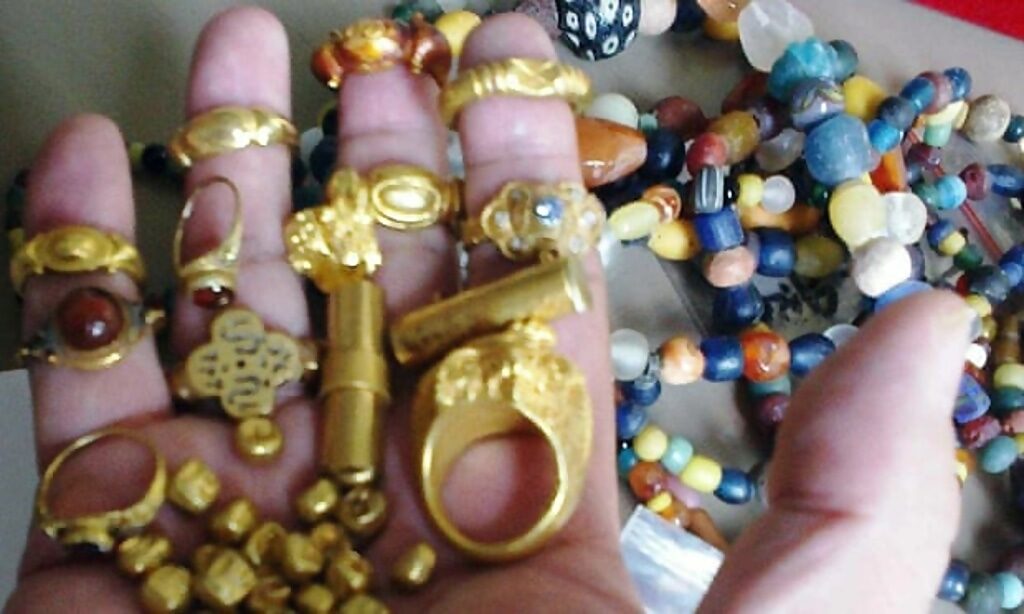
For the past five years, fishermen exploring the crocodile-infested Musi River, near Palembang, have hauled a staggering treasure trove from the depths - including gemstones, gold ceremonial rings, coins and bronze monks' bells.
One of the most incredible finds so far is a jewel-encrusted life-size statue of Buddha from the 8th century, which is worth millions of pounds.
The artefacts date back to the Srivijaya civilisation - a powerful kingdom between the 7th and 13th centuries which mysteriously vanished a century later.
Dr Sean Kingsley, a British maritime archaeologist, told MailOnline: 'Great explorers have hunted high and low for Srivijaya as far afield as Thailand and India, all with no luck.

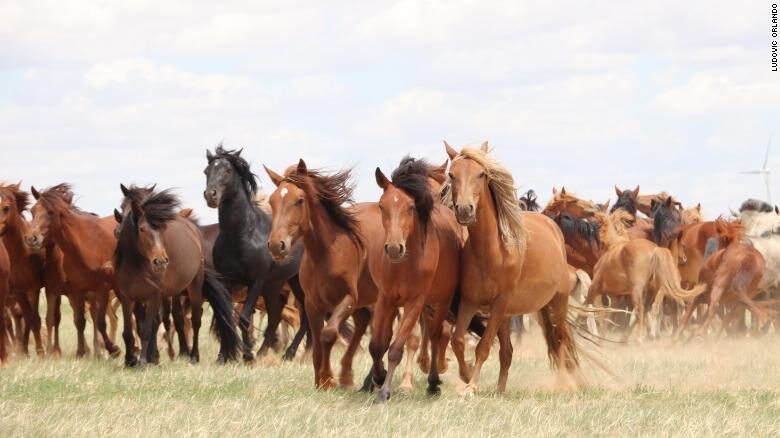
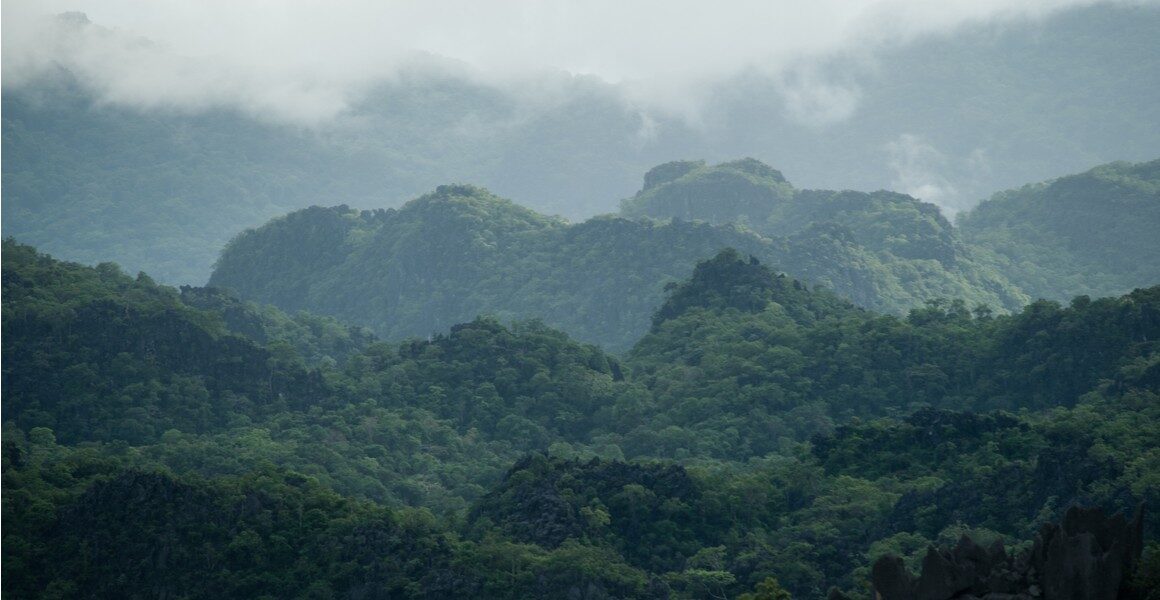
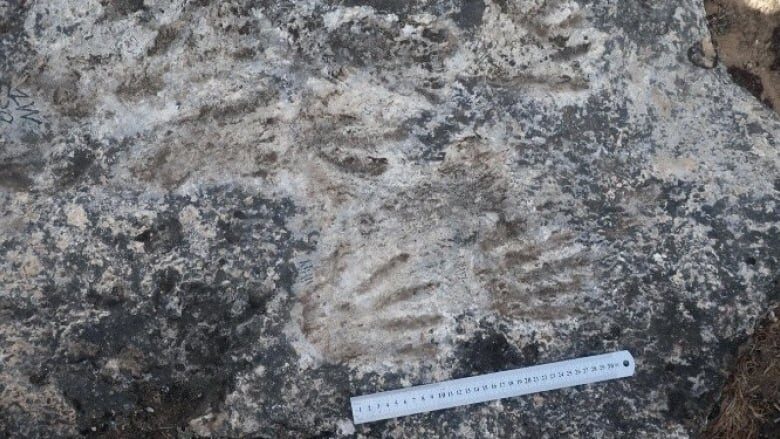


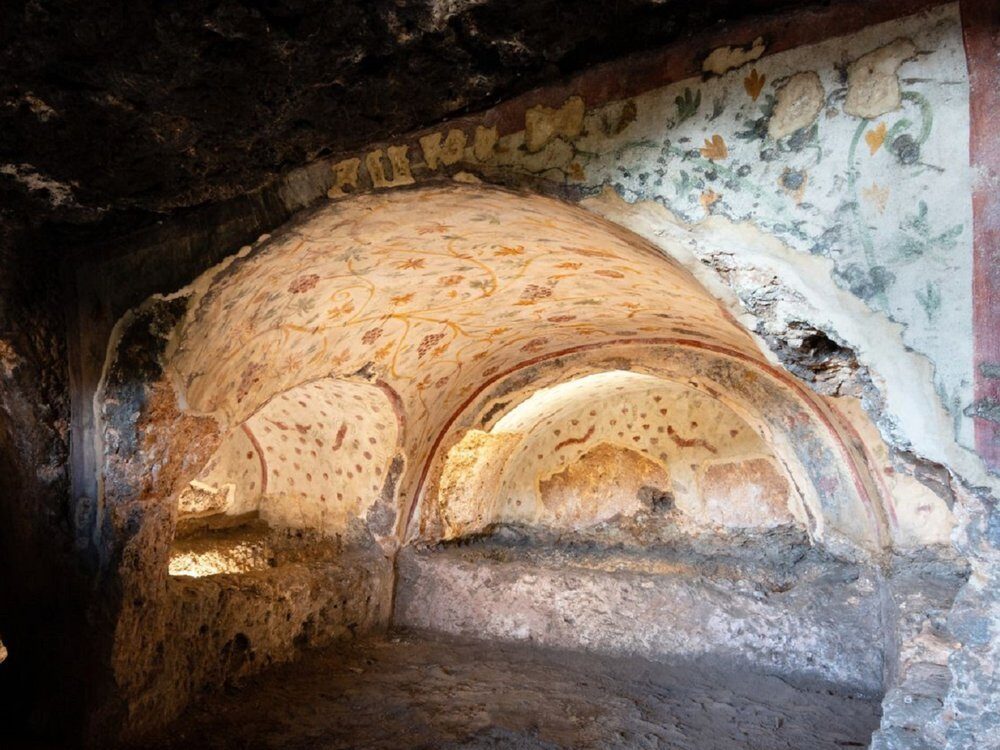
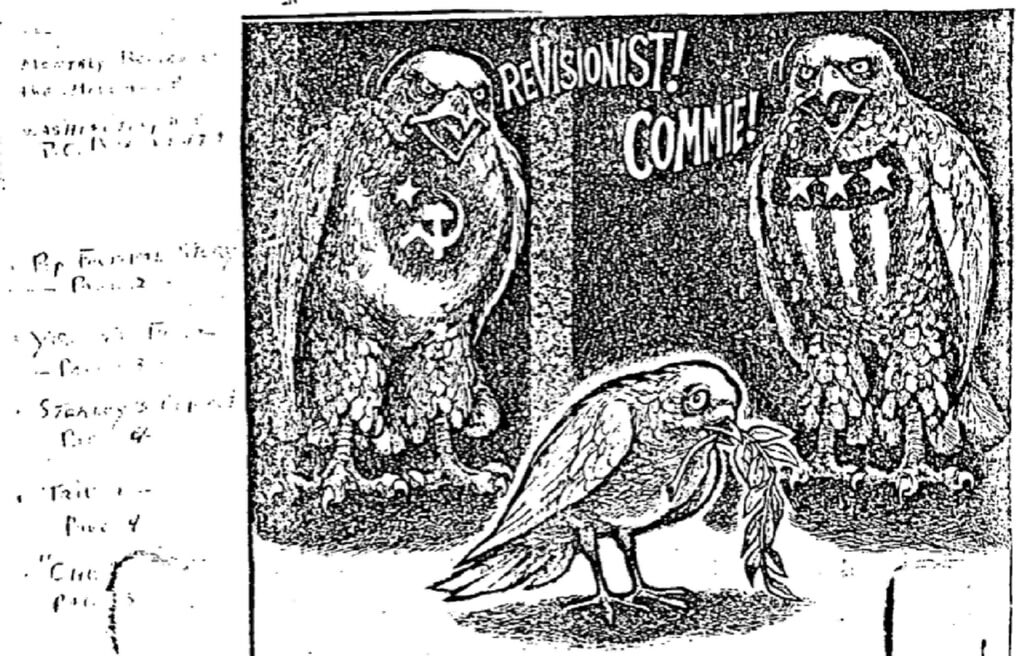
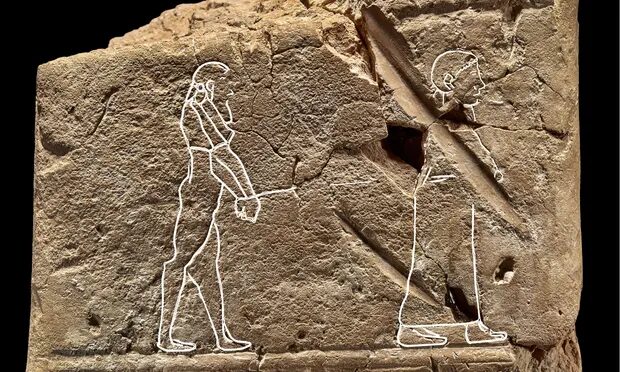



Comment: It seems the discoveries at Autun just kept coming, IN-24 reports: Inrap provides more images of the location and exquisite finds at Autun:
- Prittlewell: Stunning artefacts discovered in Anglo-Saxon nobleman's burial chamber in Southend-on-Sea, England
- Bronze Age Britons were riddled with parasites but had the finest of fabrics
- Ireland's high crosses: Medieval religion, art and engineering
- Staffordshire hoard revealed to be most important Anglo-Saxon find in history
- Rare warrior tomb filled with bronze age wealth and weapons
- Mystery of 2,000-year-old Antikythera 'computer' may be closer to being solved
- Staffordshire hoard revealed to be most important Anglo-Saxon find in history
And check out SOTT radio's: